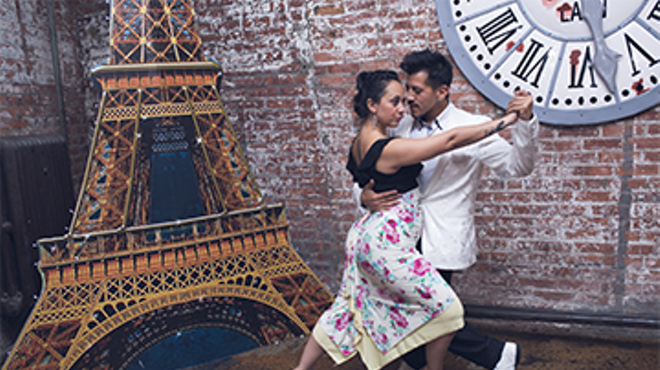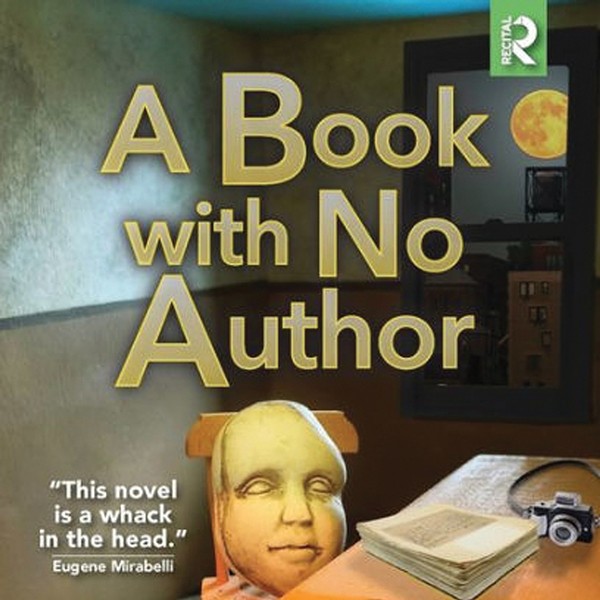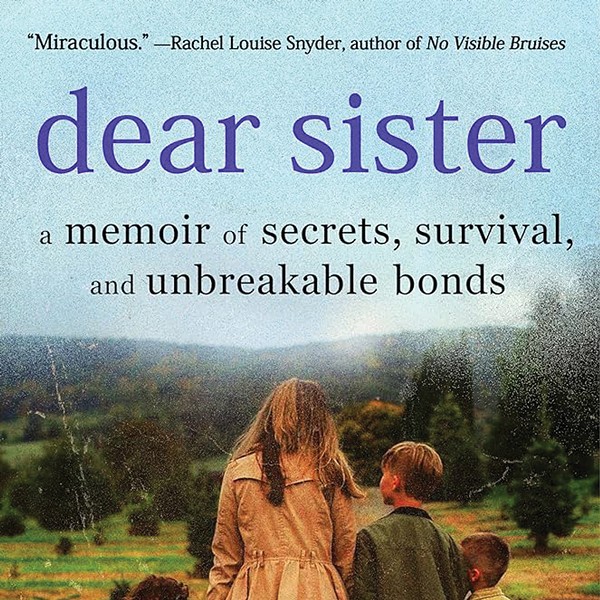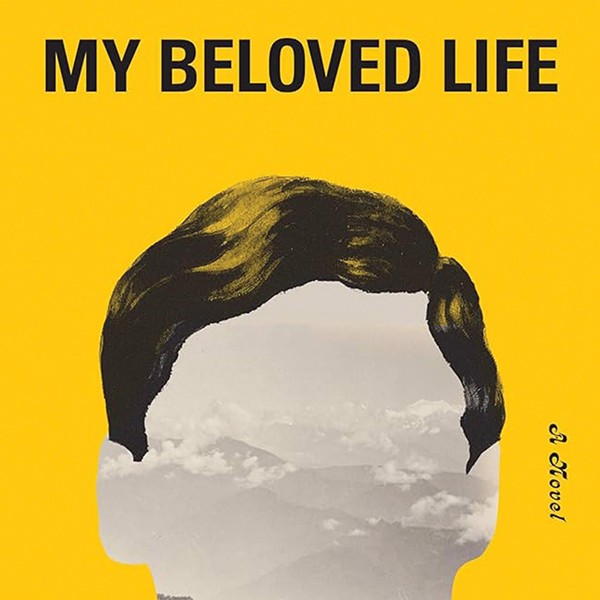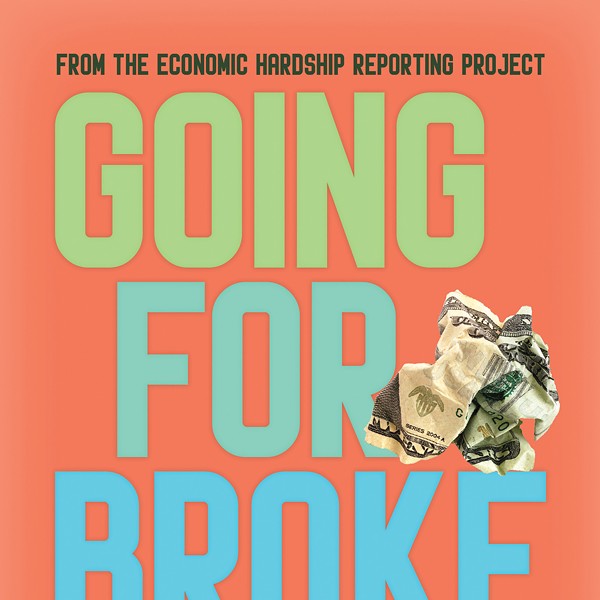Emily Barton can't resist a dare.
The award-winning author of Brookland (Farrar, Straus & Giroux, 2006) and The Testament of Yves Gundron (Farrar, Straus & Giroux, 2000) was writing a "straightforward Holocaust novel" about a Jewish typesetter in Berlin when she slipped on the ice at Bard College, shattering her wrist. Unable to use a computer throughout winter break, she was bereft. Husband Thomas Israel Hopkins, also a writer and academic, threw down the dare: Write a 50,000-word potboiler by hand in a month.
The result? "It's a lot longer than 50,000 words, it's not a potboiler, and it took me six years," Barton says of her stunning new novel The Book of Esther (Tim Duggan Books, 2016). Its opening paragraphs may cause cognitive whiplash. Dawn breaks over a walled city; the scent of baking flatbread and lentils wafts in. Place names appear Middle Eastern, if not quite familiar (the Khazar Sea? With Ottoman and Persian merchant ships and, um, aerocraft carriers?) Young Esther bat Josephus recites morning prayers, then pulls on trousers and fur-lined boots, heading for the mechanical stable.
The what? You know, where they keep the mechanical horses.
In seconds, we've vaulted from a traditional culture into a world that could only have come from the nimble brain of Barton, a 2003 Bard Fiction Prize winner. A glorious mash-up of alternate history, spiritual inquiry, and galloping adventure story, spiced with fantastic technology and a dash of Mulan, The Book of Esther is breathtaking in its ambition and scope.
In Barton's imagination, the medieval Jewish kingdom of Khazaria has somehow persisted into the 20th century, changing the course of Eurasian history—though not the sinister rise of the nation now known as Germania. It's Khazars versus Nazis, led by a Semitic Joan of Arc; highborn and fiery Esther is a teenage rebel with a cause. To save her people, she's willing to steal a temperamental mechanical horse from her father, face down werewolves and Uyghur oil thugs, and seek out a fabled Kabbalist village where golems crafted from riverbank clay serve scholars—even to alter her gender if that's what it takes.
Booklist reviewer Donna Seamon praised The Book of Esther as "a wild pageant of tumult and valor, magic and inventiveness, which, for all its humor, sensuality, steampunk brio, and full-tilt military action, is profoundly inquisitive." The New York Times Book Review's Dara Horn declared it "as addicting as a Jewish 'Game of Thrones.'"
It may also remind readers of works by Michael Chabon, Philip Roth, Vladimir Nabokov, Salman Rushdie, and others who've cross-bred literary fiction with alternate history and magical realism. But the point of view is distinctively feminist. "I feel an obligation as a writer who is a woman to write female characters as complex as all people, male and female, are in the real world," Barton says. "There's a real tendency in fiction to collapse women's roles into preconceived notions, even by women writers. It's internalized misogyny."
Petite and direct, with unruly dark hair twisted into pigtails, the author wears Elvis Costello-framed glasses, a red-and-white-striped shirt, jeans, and gray sneakers. The effect is perhaps more Where's Waldo than eminent novelist and academic who's taught at Yale, Princeton, Columbia, Smith, and NYU, as well as Bard. But Barton is all these things, as well as a longtime New York Times reviewer, former yoga instructor, beginning ballet student, and—perhaps most astonishing for someone with a new novel out—mother of two young sons.
Barton says, "When I had children, people told me my imaginative mind would change, that you learn to pick up 15 minutes wherever you can find them, that you write shorter things. But that wasn't the case. I'm still only interested in ideas that can't fit into my mind at the same time, that have to be novels."
Barton and Hopkins live in uptown Kingston, walking distance from newly expanded Greek restaurant Opa!, where she's ordered a spread straight out of her often mouth-watering novel: pita with hummus, baba ghanoush, taramosalata, stuffed grape leaves, a salad with walnuts and figs.
Scooping up baba ghanoush, she describes Esther's origin story. Early on, she laid down some ground rules: It had to have a girl hero, and there had to be a sidekick. (Esther runs away with Itakh, a foundling who's both a household slave and kid brother of sorts.)
The "mech horses" came into the picture soon after. "It had to be steampunky, to have cool technology, and it couldn't be zeppelins; everyone's sick of zeppelins." Barton's metal steeds have distinctive personalities ("Well, so does your car," she explains). They drink fuel from a bucket—"I thought it would be weird to stick a funnel into the side of a horse"—and mimic such equine behaviors as grazing, head-tossing, and snorting. With the help of a mechanic friend at Brooklyn's Scooter Bodega, Barton modeled them loosely on Vespa scooters.









